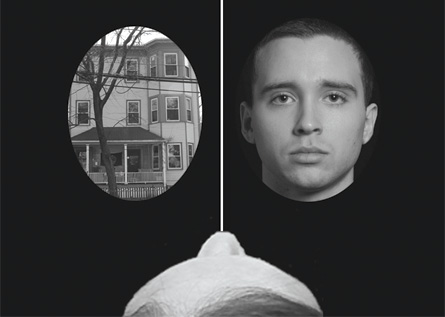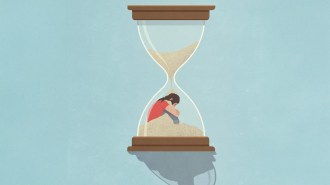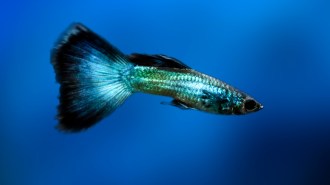Eyes take gossip to heart
A face becomes easier to see after the beholder learns bad things about its owner
Faces of people who get tarred in the press or blasted behind their backs in snarky gabfests may literally stand out in the crowd. People find it particularly easy to see the faces of individuals about whom they’ve heard nasty or unpleasant gossip, reports a team led by psychologist Lisa Feldman Barrett of Northeastern University in Boston.

“Encountering negative gossip about someone makes it easier to register that person’s face than neutral or positive gossip does,” says Feldman Barrett.
Not only does the new study show that disapproving gossip quickly gets associated with a matching face, but that this connection operates outside conscious awareness, remarks cognitive neuroscientist Moshe Bar of Harvard Medical School.
“A negative bias that originated in gossip made corresponding faces pop out in conditions where observers would have otherwise remained unconscious of those faces,” Bar says.
A gossip-schooled eye for bad eggs provides social protection, the researchers propose, by extending opportunities to scrutinize potential liars and cheats.
That argument fits with a previous proposal that gossip enabled the evolution of larger social groups in which people used spoken language to learn whom to befriend and whom to avoid.
To explore gossip’s influence on seeing faces, Feldman Barrett’s team turned to a visual effect known as binocular rivalry. Volunteers looked into a device that presented an image of a person’s face to one eye and an image of a house to the other eye. Visual information from one eye at a time reaches consciousness, with the brain alternating between bringing face and house images into the mind’s eye for varying amounts of time.
In one experiment, 66 college students viewed houses paired with faces that they had previously learned to associate with negative, positive or neutral acts. These behaviors, described in written sentences, included “threw a chair at his classmates,” “helped an elderly woman with her groceries” and “passed a man on the street.”
Feldman Barrett compares this “stripped-down” presentation of gossip to reading about someone in a newspaper or magazine.
By pressing computer keys, volunteers reported perceiving faces linked to negative gossip for substantially longer periods of time than positively or neutrally tinged mugs.
In a second experiment, 51 college students viewed houses paired with faces that they had learned to associate either with different types of gossip or personal experiences. The latter instances included “had a root canal performed,” “felt the warm sunshine” and “drew the curtains.”
Again, volunteers saw faces linked to negative gossip for a longer time than any others, including those faces that had been related to upsetting personal experiences.
Studies in which volunteers hear a stranger or friend speak poorly of someone shown in a picture might amplify the visual impact of negative gossip, she adds. Such investigations are eagerly awaited — inquiring minds want to know.







